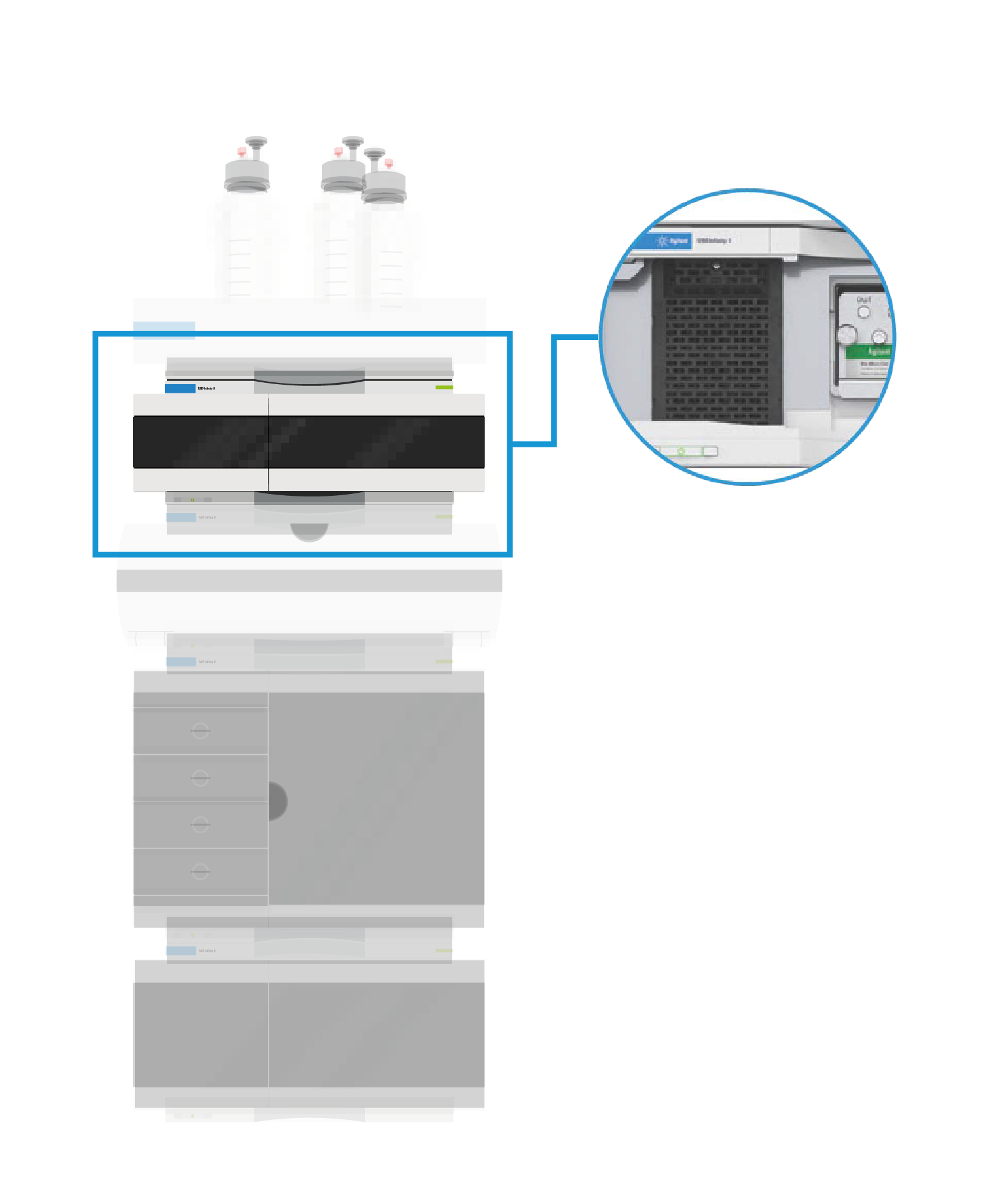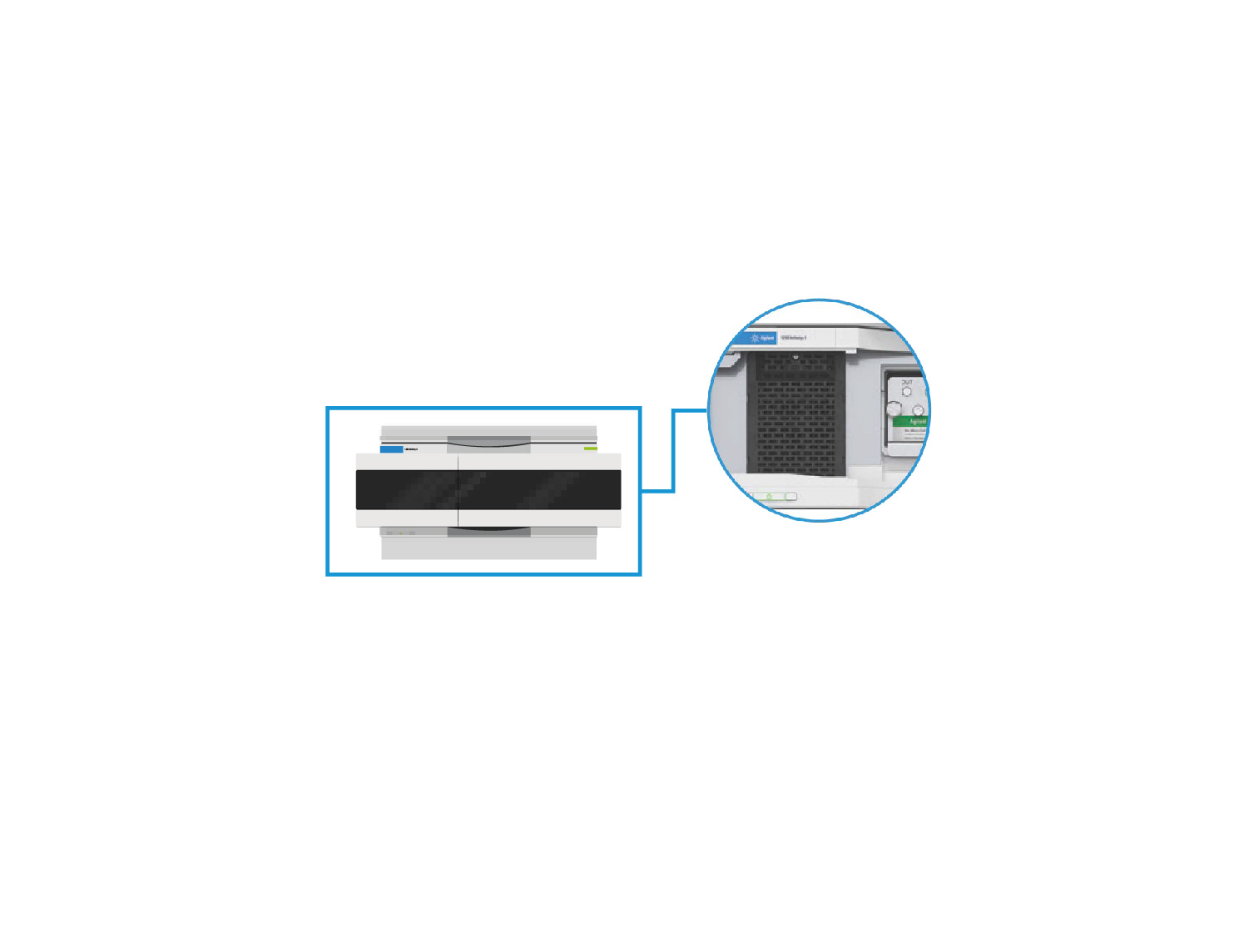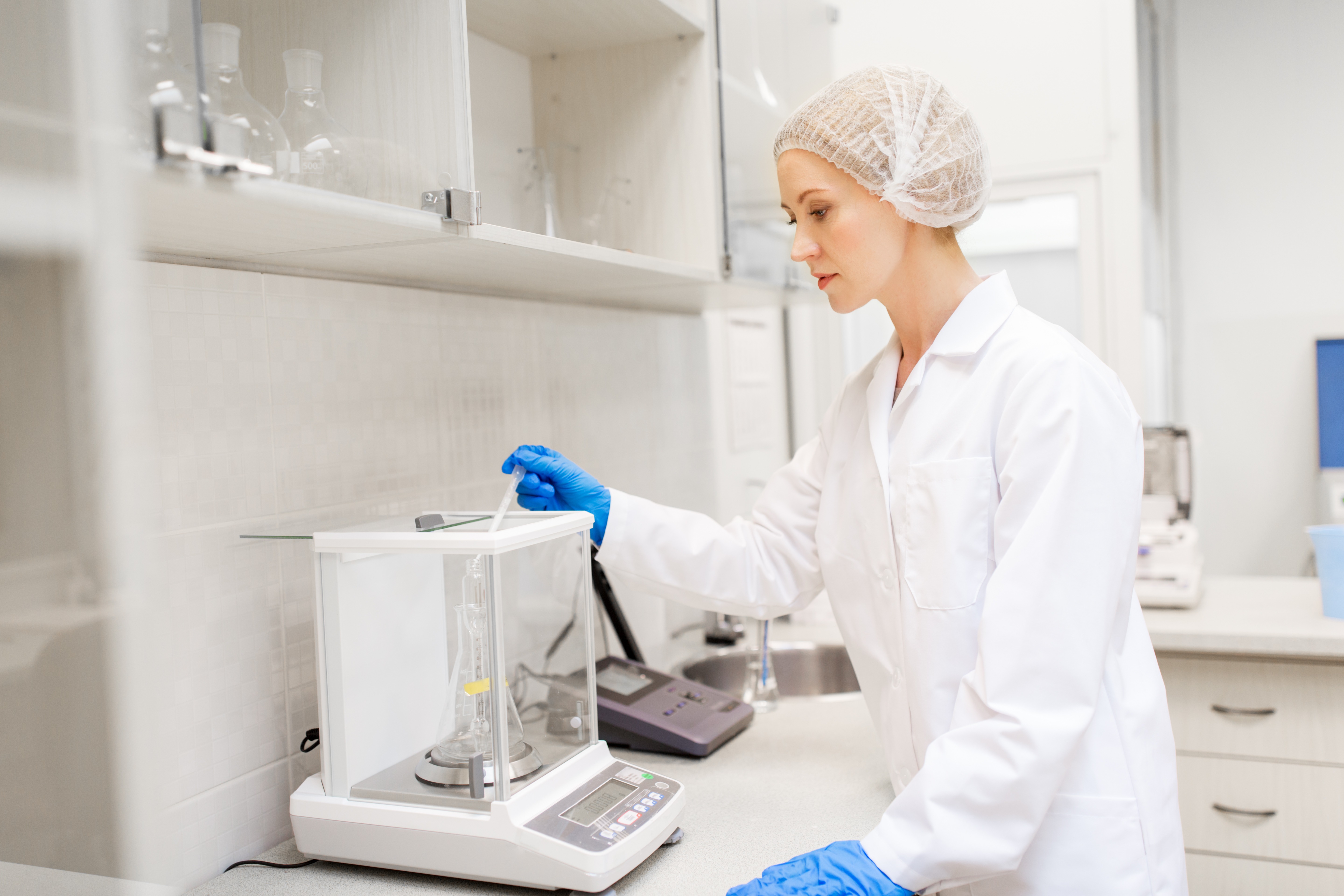Cuando algo falla en el detector, el síntoma puede ser sutil o llamativo: una línea base ruidosa, picos inestables o una caída inesperada en la sensibilidad. Lo primero es saber de dónde viene el problema, ya que suele tener dos orígenes posibles: electrónico o mecánico/óptico.
Los fallos electrónicos —como errores de conexión o circuitos dañados— deben ser atendidos directamente por el fabricante del equipo. Pero muchos de los problemas más frecuentes están relacionados con la celda de flujo, el corazón óptico del detector.
Señales de alerta que pueden indicar un problema en la celda:
- Burbujas de aire atrapadas
- Contaminación interna
- Fugas o presión excesiva
- Daños por mal manejo o desgaste
Todo esto puede traducirse en una respuesta reducida del detector, fluctuaciones en la línea base o incluso picos espurios. Además, algunos detectores, como los de índice de refracción, utilizan celdas especialmente sensibles a la presión: si se exceden los valores recomendados por el fabricante, el cristal de la celda puede romperse fácilmente.
por el fabricante, el cristal de la celda puede romperse fácilmente.
Tampoco hay que olvidarse del estado de los componentes internos del detector: una lámpara envejecida, un ajuste incorrecto del tiempo de respuesta o una ganancia mal configurada también pueden comprometer la calidad del análisis.












